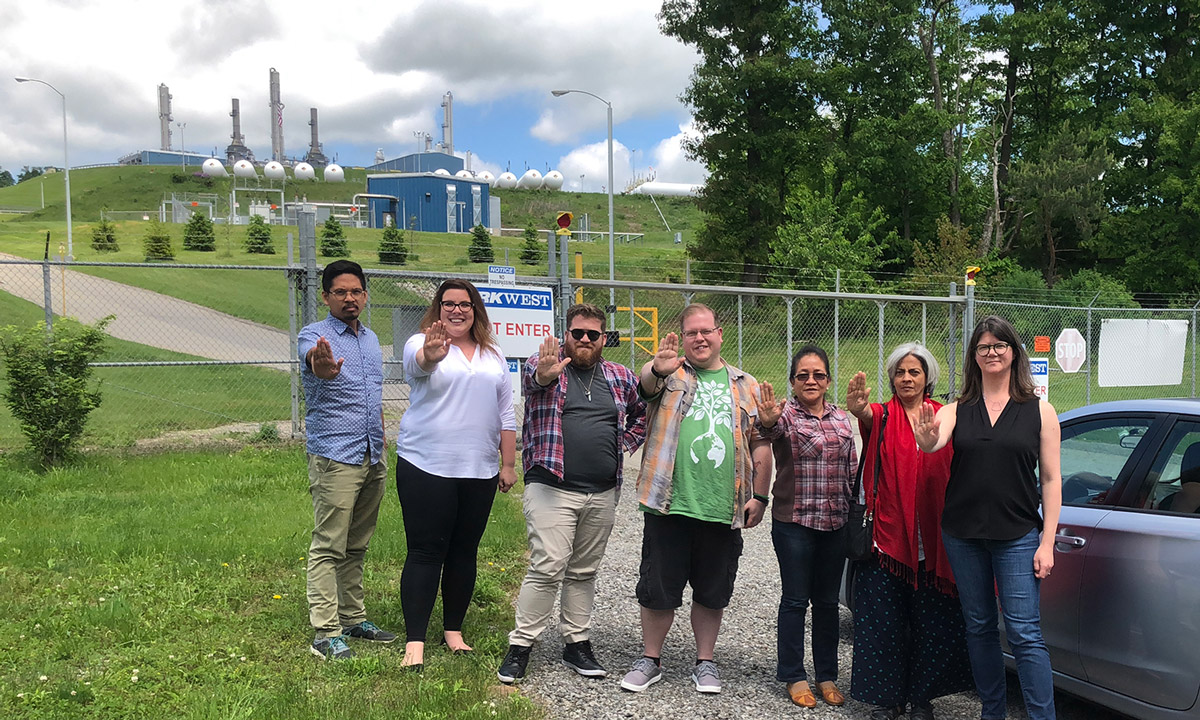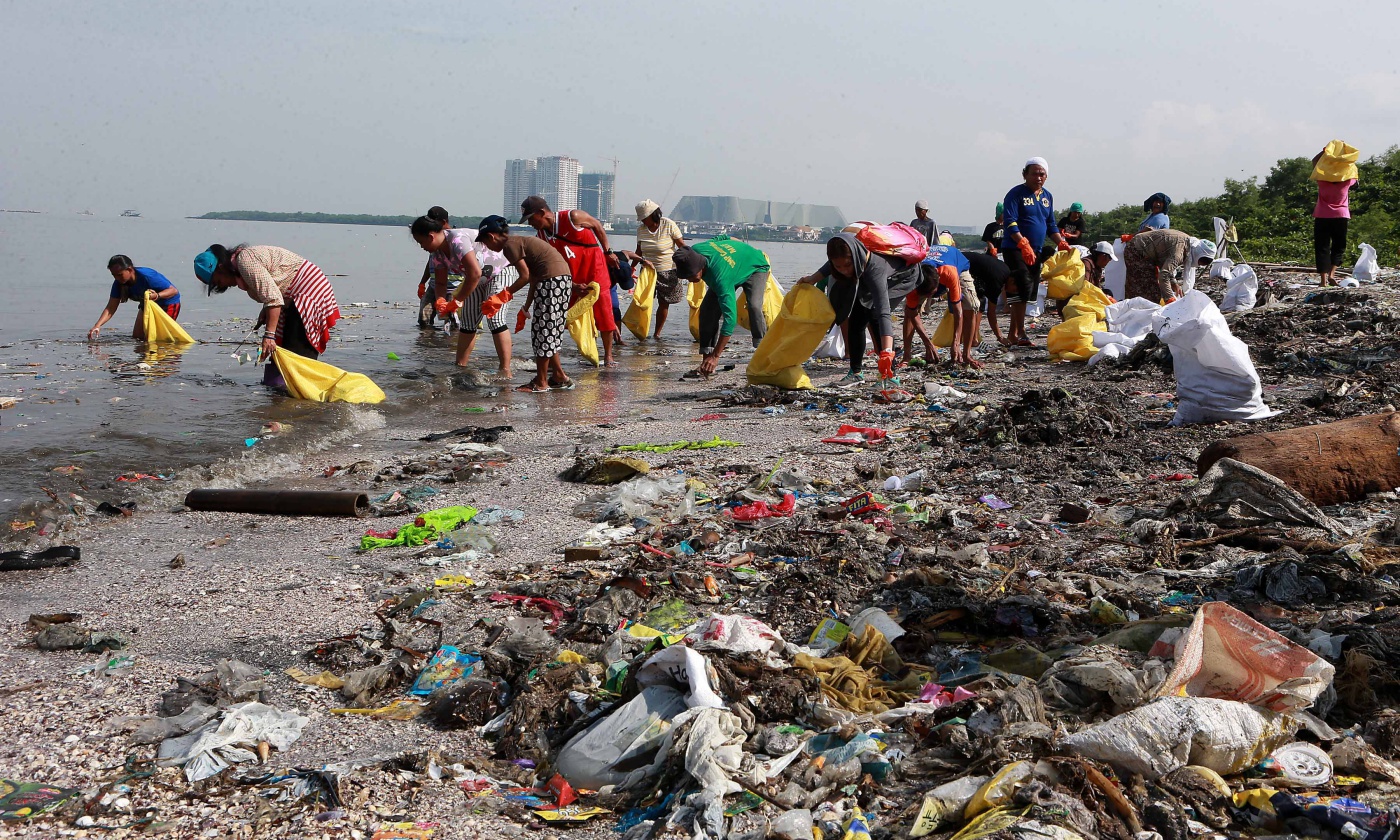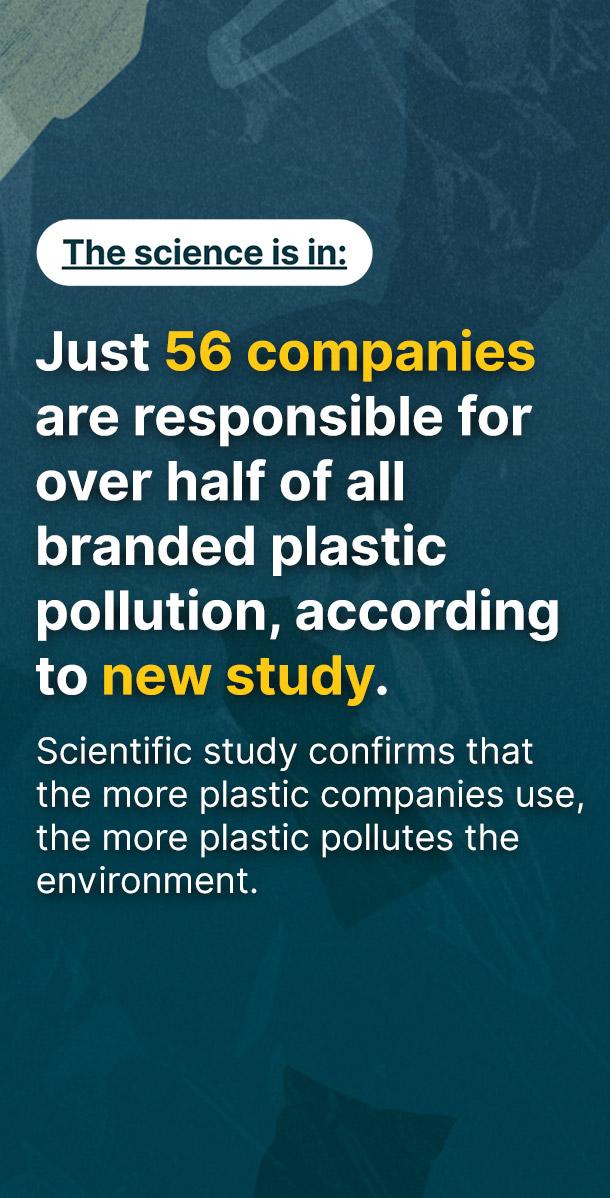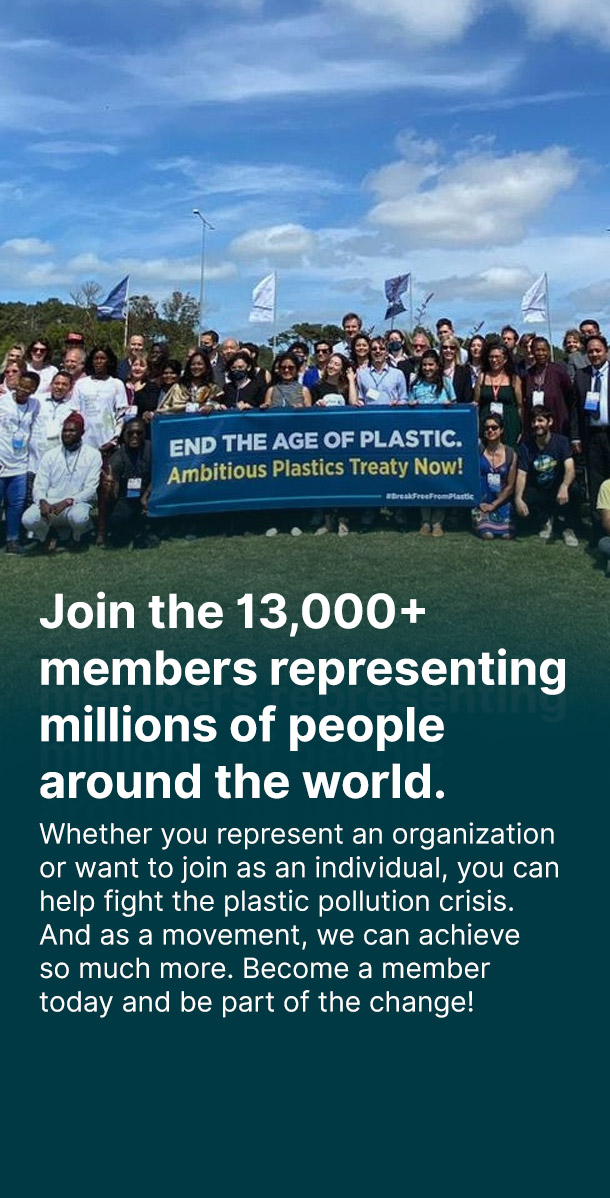by Isabelle Morrison. Article originally posted here.
Heaps of plastic waste cover the shores of Manila Bay in the Philippines. Myrna Dominguez remembers when an abundance of fish inhabited its waters—locals would catch enough to feed their families and sell at the market. Today, she says, they are catching more plastic than fish.
“We’re very afraid that if this is not addressed, the bay, which 100,000 small fishers rely on, will no longer be viable for them,” Dominguez says.
In May, Dominguez and Indian labor organizer Lakshmi Narayan visited communities in the U.S. that are affected by pollution from oil extraction and plastic production, to show the effects that these processes have on communities overseas. The “Stopping Plastic Where It Starts Tour,” organized by #Breakfreefromplastic and Earthworks, is part of a project that aims to reduce plastic consumption and production by raising awareness about the impacts of plastic production on the communities at either end of its supply chain.
Dominguez and Narayan, representing communities in Asia experiencing the effects of plastic pollution, visited places in the U.S. experiencing the impacts of hydraulic fracturing (fracking) oil and gas production—an industry that is producing the raw materials to build plastic.
Dominguez is the policy and advocacy adviser of the Asia Pacific Network on Food Sovereignty, which campaigns to protect the rights of small food producers such as fishers and farmers, and to preserve fishing grounds and cultural lands of indigenous communities.
Narayan is the co-founder of Solid Waste and Collection Handling, a cooperative of waste-pickers in Pune, India, who collect waste throughout the city and separate it into categories for proper disposal.
Both women represent groups from Asian countries that are dealing with the effects of plastic pollution—particularly plastic that is produced and distributed by U.S. companies.
“I’m hoping this tour will change American people’s views of how they live every day, and how it impacts poor countries like us,” Dominguez says. “If America gets a cold, the Philippines gets the flu. We’re very dependent on the U.S., so whatever happens here affects us too.”
The Philippines is the third largest ocean plastic polluter in the world—it also has the most persistent poverty rate in Southeast Asia. In 2017, the U.S. was the third largest plastic exporter in the world, exporting $6.8 billion worth of plastic items.
“There’s no easy, technological solution to the problem of ocean plastic waste.”
Single-use plastic products, such as straws and other utensils—and products packaged in plastic, including toiletries and food—are produced by transnational companies and marketed to people in places like the Philippines at low costs. The plastic waste from these products ends up in landfills or marine areas like Manila Bay.
Plastic manufacturers are not responsible for the disposal of their products, so the burden is placed on people in the Philippines, who do not have the resources to properly dispose of all the waste, Dominguez says.
“People have realized there’s no easy, technological solution to the problem of ocean plastic waste, and the only way to stop ocean plastic is to stop plastic,” says Jennifer Krill. Krill is the executive director of Earthworks, an environmental and social justice organization dedicated to protecting communities and the environment from the impacts of mining and energy extraction.

“If we were to somehow recover all that waste from the ocean, we would still have to put it in a landfill or in an incinerator, and there would be significant environmental impacts from those solutions. The better solution would be to not make so much of it to begin with.”
That’s why Dominguez and Narayan traveled to the U.S., where the women visited communities affected by fracking. In the U.S., a fracking boom is helping fuel plastic production worldwide by providing a necessary building block of plastic: ethane. Dominguez and Narayan visited communities experiencing the impacts of fracking in Texas, Louisiana, West Virginia, and Pennsylvania. They also visited Washington D.C.
In 2017, the U.S. consumed around 1.2 million barrels of ethane per day.
In Texas, for example, a major fracking boom is underway. A new report by IHS Markit shows the Permian Basin in West Texas is expecting a surge in oil production—more than double by 2023—in large part because of fracking, which has made trapped oil and gas accessible.
Fracking involves pumping water, sand, and chemicals underground to release gas and oil from rock. The shale formations used for extracting oil and gas in the U.S. are high in ethane, which is wasted in the extraction process unless the industry has a way to bring it to market.
“Currently what we’re seeing is a major build-out of new petrochemical manufacturing in order for the industry to recover that waste ethane and convert it into plastic, most of which is also going to become waste, but along the way they’ll make a lot of money manufacturing it into plastic,” Krill says.
Earthworks—one of the organizations that organized the tour—has recently introduced a Community Empowerment Project to provide communities near oil and gas facilities with data on methane and ethane pollution from nearby oil and gas extraction sites by using an optical gas imaging camera that makes invisible ethane—and methane—pollution from these sites visible.
Not only does methane and ethane pollution contribute to climate change, but it also causes health issues for people who live near oil and gas facilities—in the U.S., that’s more than 17 million people.
Residents who live near these facilities have reported experiencingrespiratory problems such as asthma and coughing, eye, nose, and throat irritation, headaches, nausea, dizziness, trouble sleeping, and fatigue.
“If we are going to stop plastic we need to stop plastic where it starts.”
The organization has been taking the camera to oil and gas wells, pipelines, and compressor stations to show government regulators and companies that the methane and ethane pollution problem is real. Gas imaging videos are available on Earthworks’ YouTube channel for citizens to use as evidence when urging regulators in their states to require operators clean up the gas waste.
“It hasn’t stopped pollution—it hasn’t been as effective as we’d like it to be yet,” Krill says about the project. But she hopes it will be. “The industry likes to say ‘There’s no pollution, we’re very clean,’ and with this video evidence it’s hard to deny that there’s a serious problem with oil and gas extraction.”
On a global scale, the #Breakfreefromplastic movement, made up of 1,000 organizations worldwide, has been focused on creating “zero-waste cities” in Malaysia, India, and the Philippines—teaching communities about separating organic from inorganic waste, composting, and recycling.
Narayan, who represents the waste-pickers who collect and separate waste in Pune, India, says the process of recycling plastics into reusable materials is so expensive that the waste is often not recyclable at all.
#Breakfreefromplastic also focuses on making the public aware of their consumption habits in hopes of reducing the use of one-use plastic products, and pushing for “corporate accountability,” says Jed Alegado, the Asia Pacific communications officer for #Breakfreefromplastic.
“Corporations that have the money to come up with these products should invest in more sustainable and ecological distribution systems for their products,” Alegado says. “They shouldn’t pass the burden to consumers and governments for the plastic waste they are creating.”
Growing up in the Philippines, Dominguez recalls using coconut shells as plates, and eating food with her bare hands—before large companies had convinced the world that plastic products are a necessity, she says.
Dominguez is optimistic that change can occur by educating and inspiring people to reduce their use of plastic products and become vocal about how the government handles waste.
“If we are going to stop plastic we need to stop plastic where it starts,” Krill says. “We can’t let greed get in the way of common sense and sustainability.”




